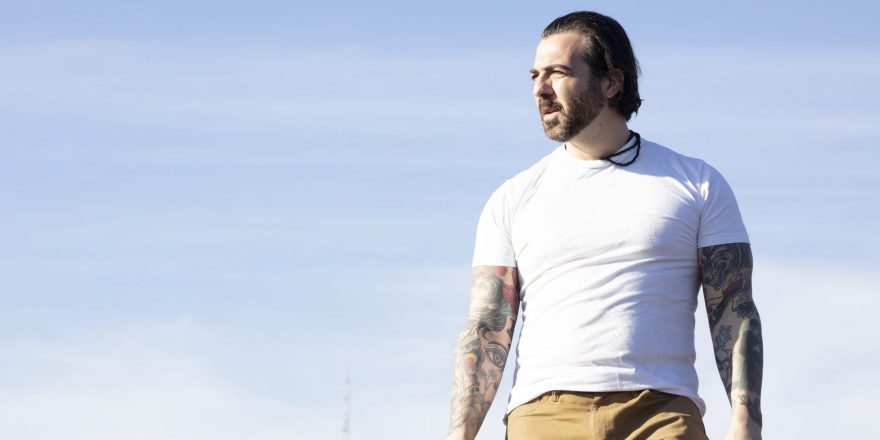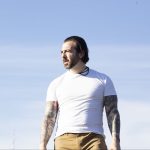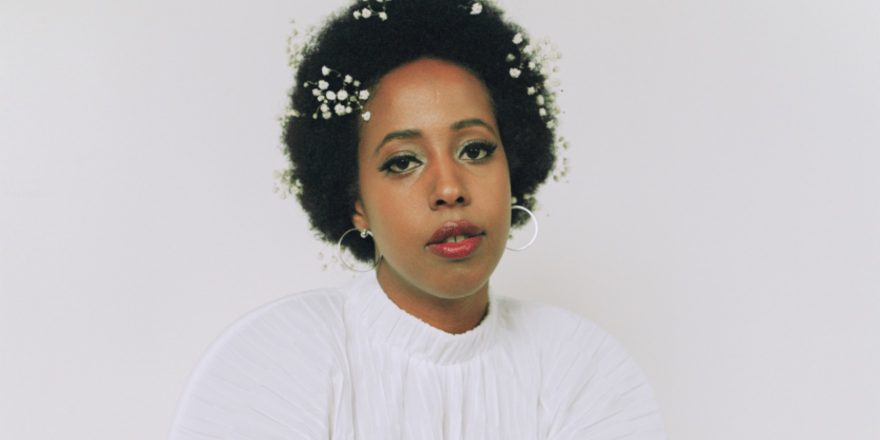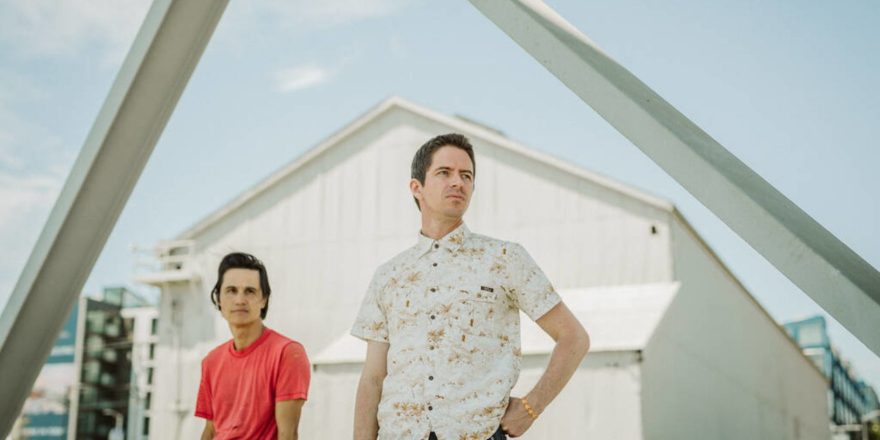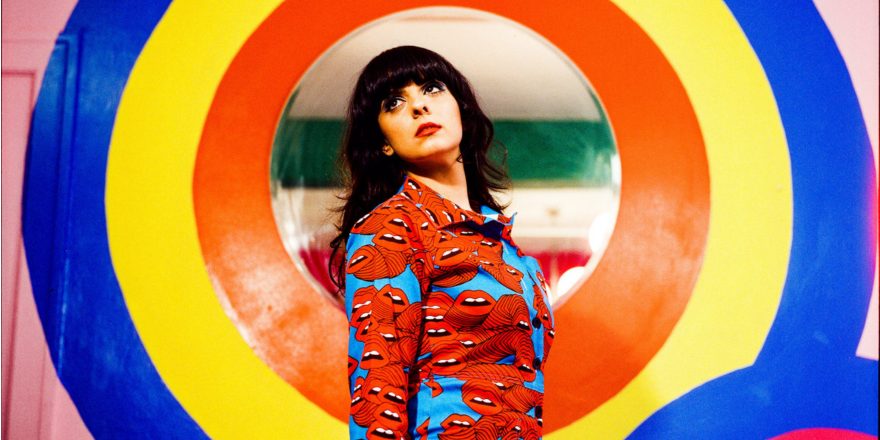I went deaf in my right ear during my first semester at NYU, three days after changing my course of study from Anthropology to Music Technology.
There were no symptoms leading up to my hearing loss. I didn’t feel sick or have any pain. It happened suddenly and felt like I had water in my ear, but couldn’t shake it out.
Only in the days that followed did I begin to experience excruciating pain and vertigo, which was challenging in a chaotic place like New York. I recall getting particularly disoriented on the subway platform because I couldn’t tell which direction trains or voices were coming from. I walked around covering and uncovering my good ear, interpreting the differences, trying to make sense of it all.
When it was quiet, I had aural hallucinations, accompanied by electric shock sensations in the inner ear. Sometimes the sounds were glitchy like a dial-up modem, other times more serene like sine waves. In some ways this gave me hope that the nerves were still trying to function. Doctors felt it was a natural blockage that would heal itself, but I was guardedly skeptical. In terms of my state of mind, I felt disoriented and strange, like living in a dream world all the time.
Attending music classes was surreal. Everything sounded out of phase, and this caused things to sound warped and out of tune. I was distracted, and I was also scared for my future. What was I even doing working toward this degree if I’d never be able to work in the field?
It would be six months before the doctors informed me that the hearing loss was permanent and likely due to a painless, viral ear infection that did severe damage to the nerves without any warning. It was the diagnosis I feared and expected most, but expecting it didn’t lessen the blow at all.
I found solace recording on my Tascam four-track in my dorm room. I had recorded this way for years, but now it became a bit of an audio journal. I was working with just a guitar and whatever effects I had. I adjusted tape speeds, purposely warping the tapes I was using, and realized, Oh, if I slow things down to half speed, it sounds exactly how things sound to me. And, If I use this ring modulator, my guitar sounds like this pixelated zapping sound in my ear. And so on….
There was no conscious thought at the time of starting a musical project. It was just my way of working through a really horrific situation.
Around this time, I began volunteering at the Dream House, a sound and light installation created by composer La Monte Young and his wife, light artist, Marian Zazeela. I’d worked there months without having met them until one day someone said, “La Monte wants to see you.”
He invited me in and said, “I heard what happened. And I think we can help you.” And that was the beginning of me studying Indian Classical Music with La Monte and Marian. Working with them changed the way I listened. The tamboura, an instrument with a resonant drone, lies across our right shoulder, where I was deaf. Before La Monte, I didn’t pay attention to how notes related to each other. And in Indian classical music, it’s all about intervals, singing against a drone all the time. So I could feel what a minor second does to my body versus hearing what a minor second sounds like. And all of those intervals started to become sensations.
I brought La Monte recordings of what I was working on at home. He listened deeply and said, “I like what you’ve done here.” It was a vote of confidence from someone I had the highest respect for at a time when I felt very broken.
These demos would eventually become the first Aarktica album, No Solace in Sleep.
This was nearly 25 years ago. Since then, I’ve made many records, and just released my tenth Aarktica album, We Will Find the Light. I used to imagine what life might’ve been like if this never happened, but that’s not a path I travel down often anymore. I have now lived with this hearing loss for longer than I had perfect hearing, so it feels more authentically “me.” I’ve had to learn a lot about acceptance, as well as trust in myself. I’ve had to make peace with what I deemed to be a very cruel thing. And perhaps most importantly, I’ve had to learn to let others in, to allow them to help me in creating the sounds I envision when I lack the physical sensory tools to do so. I do not believe that “all things happen for a reason.” But in order for me to continue creating all these years, I’ve had to believe that perhaps the real “art” or meaning for me is to keep rising up to make something beautiful and inspiring, even when things may feel dark or hopeless.
We Will Find the Light is out now via Darla.
(Photo Credit: Joelle Hannah)


